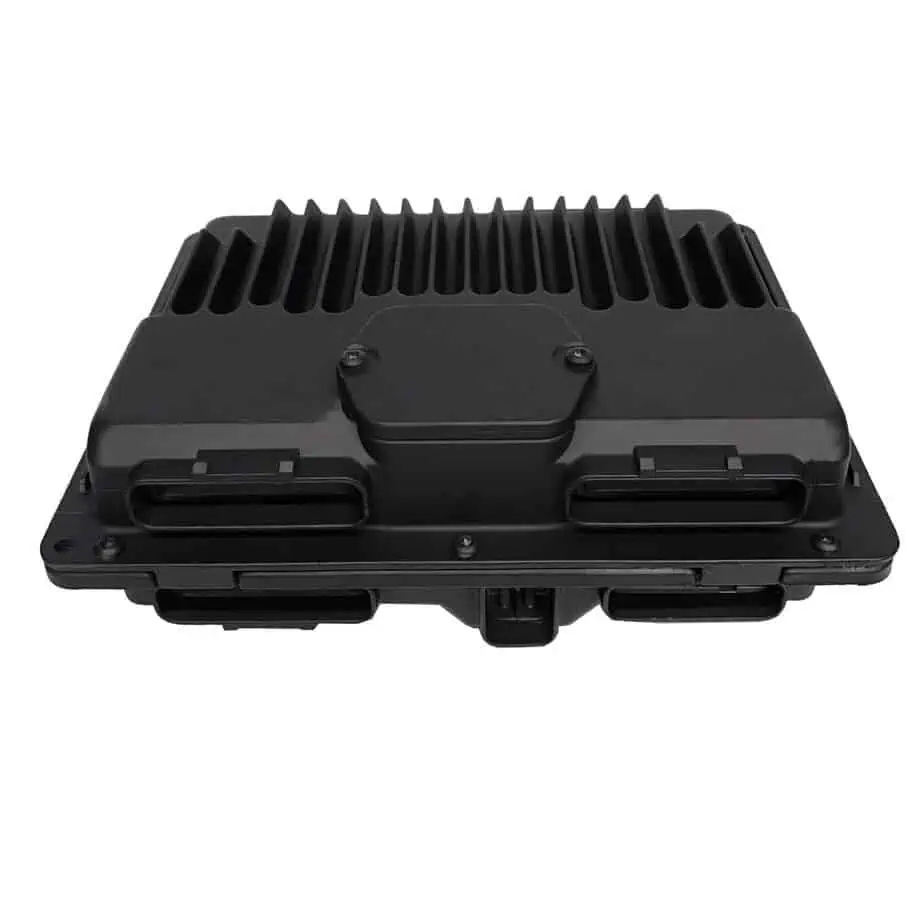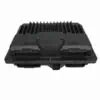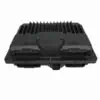Get Your Dependable Workhorse Back on the Road
Is your 1998-1999 Suburban 2500 running rough, shifting erratically, or failing to start? A faulty Powertrain Control Module (PCM) is often the culprit, bringing your reliable truck to a grinding halt. Don’t let a bad computer sideline your vehicle. This professionally programmed PCM is the definitive, hassle-free solution to restore your truck’s performance and get you back on the road with confidence. We flash the module with the latest GM software updates using your vehicle’s specific VIN, so it arrives ready for a straightforward installation.
Common Symptoms of a Failing GM PCM & Your Solution
If you’re experiencing any of the following issues, a failing engine computer is a likely cause. This pre-programmed module is designed to correct these problems and restore your vehicle’s factory operation. Look out for:
- Illuminated Check Engine Light with codes like P0601, P0605, or P0606
- Engine stalling, sputtering, or rough idling
- Complete no-start condition where the engine cranks but won’t fire
- Poor fuel economy and loss of power
- Harsh or unpredictable transmission shifting
- Communication errors with diagnostic scan tools
By replacing your old unit with this correctly programmed 1999 Suburban 2500 PCM, you are installing a reliable brain that resolves these frustrating and debilitating symptoms.
Features & Tangible Benefits
- ✔ Plug-and-Play Installation: Forget expensive dealership programming. We flash this module to your exact VIN, ensuring it’s ready to install right out of the box.
- ✔ Restored Engine Performance: With the latest GM software, this PCM corrects fuel trim, ignition timing, and transmission shift points, bringing back the smooth power you expect.
- ✔ Guaranteed Compatibility: This unit is a direct replacement for part numbers 16250279, 09366810, and 09355699, ensuring a perfect fit and function for your Suburban and many other GM trucks and vans.
- ✔ Problem-Solving Solution: Specifically addresses common drivability issues, from no-start conditions to poor fuel mileage, making it the core of a lasting repair.
- ✔ One-Year Replacement Coverage: This unit is backed by our one-year replacement warranty, giving you confidence and peace of mind in your repair.
An Expert’s Note on Programming: As a technician with over two decades of experience, I’ve seen countless vehicles with persistent issues caused by generic, non-programmed modules. A PCM isn’t just a component; it’s the central command for your entire powertrain. That’s why programming this 1999 Suburban 2500 PCM to your specific VIN is non-negotiable. It ensures all the unique parameters for your engine, transmission, and options are perfectly aligned, just as the factory intended. This critical step prevents a world of headaches and guarantees your truck runs as it should.
Frequently Asked Questions
What information do you need from me after I order?
After you complete your purchase, you must provide us with your vehicle’s 17-digit Vehicle Identification Number (VIN). We cannot program or ship your module without it. The VIN ensures we load the correct, vehicle-specific software for a perfect match.
Is this part truly plug-and-play?
Yes. Because we program the module to your VIN before shipping, it will not require any additional programming from a dealer. However, on most GM vehicles from this era, you will need to perform a simple security relearn procedure, which can typically be done in your driveway with just the key. It involves a series of key cycles and takes about 30 minutes. We can provide instructions for this simple process.
Will this fix my Check Engine Light?
If the Check Engine Light is caused by an internal fault in your old PCM (like a P0601 code), this module is the correct fix. However, it’s crucial to ensure your vehicle’s issues have been properly diagnosed. This 1999 Suburban 2500 PCM will not fix problems caused by other faulty sensors or wiring on the vehicle.
What’s the difference between a PCM, ECM, and ECU?
These terms are often used interchangeably. ECM (Engine Control Module) and ECU (Electronic Control Unit) are general terms. PCM (Powertrain Control Module) is more specific, as this single unit controls both the engine and the transmission functions in your vehicle.
How do I find my part number to confirm a match?
Your original module will have a sticker on it with the service number. You can match it to one of the compatible numbers listed (16250279, 09366810, 09355699). However, since we program to your VIN, an exact part number match is not always necessary as long as your vehicle is on the compatibility list.


